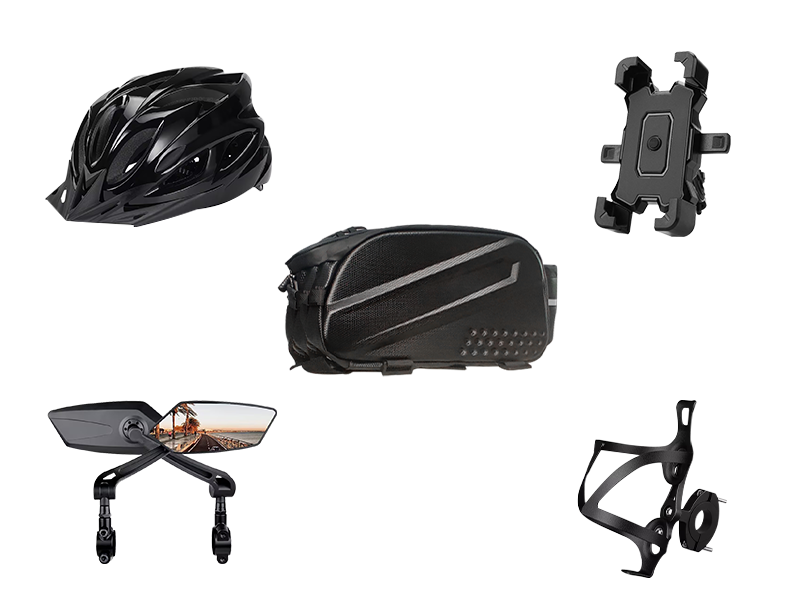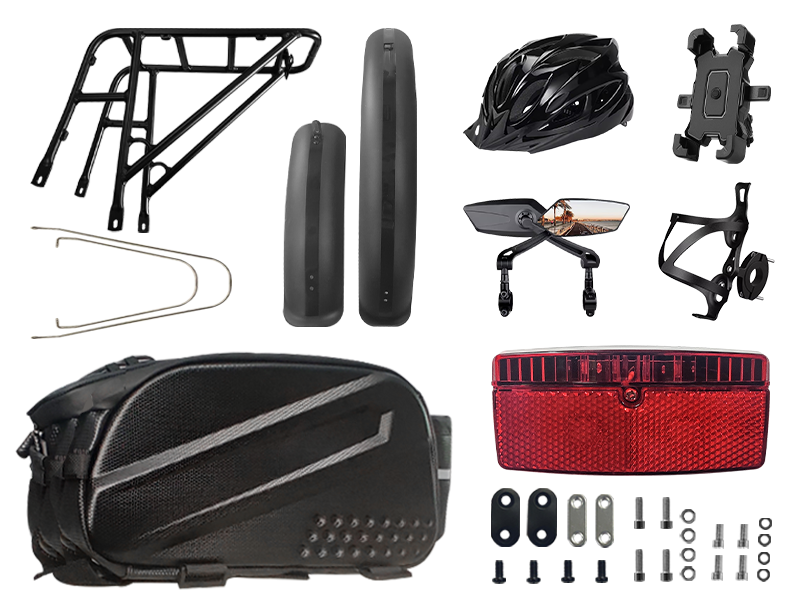Step-Over vs. Step-Through: The Ultimate Bike Frame Comparison
OCT 11, 2024
When shopping for a bike, one of the first choices you’ll encounter is whether to go for a step-over or a step-through frame. These two designs have distinct differences in style, function, and ride experience. Let’s dive into what sets them apart and help you decide which is the best fit for you!
What is a Step-Over Bike?
A step-over bike is the classic bike frame design, also referred to as a “diamond frame.” It features a high top tube that runs horizontally (or slightly angled) from the seat post to the handlebars.
Key Features:
- Sturdier Frame: The geometry of the step-over frame makes it inherently stronger, which is why it’s often the go-to for performance bikes like mountain and road bikes.
- Better for Off-Roading: Its sturdy construction allows for better handling of rugged terrain, making it ideal for adventurous riders who love trails or uneven paths.
- Classic Aesthetic: Step-over bikes give off a traditional, sporty vibe that many riders prefer for both their look and their feel.
Who Should Choose a Step-Over Bike?
- Riders looking for more strength and stability, especially when riding on challenging terrain.
- Taller individuals or those more flexible, as the high top tube can make mounting and dismounting a bit trickier.
- Cyclists who prioritize speed, performance, and a sporty appearance.
What is a Step-Through Bike?
The step-through bike, on the other hand, features a low or absent top tube, creating a much easier entry and exit point. Originally designed for women in skirts or dresses, step-through bikes are now a popular choice for riders of all genders due to their convenience and comfort.
Key Features:
- Easy Mounting & Dismounting: The low top tube makes it effortless to step through the frame rather than having to swing your leg over it.
- Comfortable for Casual Riders: It’s perfect for leisurely rides, commuting, and urban cycling where frequent stops might require quick mounting and dismounting.
- Great for E-Bikes: Step-through frames are commonly used in electric bikes (eBikes) due to their user-friendly design, especially for riders who prefer an upright, relaxed riding posture.
Who Should Choose a Step-Through Bike?
- Commuters or casual riders who prioritize convenience and comfort.
- Individuals with limited mobility or flexibility, making it easier to get on and off the bike.
- Riders carrying extra weight, whether it’s cargo or a child seat, as the step-through design makes handling these easier.
Which is Right for You?
Your choice between a step-over or step-through bike will depend on your riding style, comfort preferences, and how you plan to use the bike. Here’s a quick breakdown:
- For performance and adventure: Go for a step-over bike. Its durability and sleek design are perfect for tackling challenging terrain and higher speeds.
- For daily commutes and casual rides: A step-through bike’s convenience and ease make it a winner for relaxed, everyday use.
Both designs have their strengths, and the key is finding the one that aligns with your personal needs and riding habits. So, whether you’re exploring nature trails or cruising through city streets, there’s a perfect bike for everyone!












